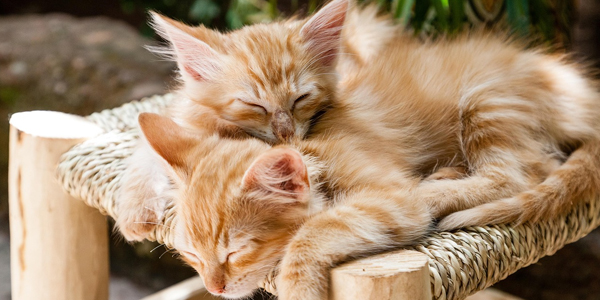🧬 Key Facts
- Cats are the only definitive hosts for T. gondii, meaning the parasite can reproduce sexually only in their intestines.
- Infection occurs when cats eat infected prey (like rodents or birds) or raw meat.
- Oocyst shedding (the infectious stage) typically happens only once in a cat’s life, usually for 10–14 days after infection.
📊 Estimated Prevalence
- Around one-third of cats worldwide are believed to become infected with T. gondii during their lifetime.
- However, most infected cats do not show symptoms, and only shed oocysts for a short period.
🧼 Risk Factors
- Higher risk: Outdoor cats, hunters, or those fed raw meat.
- Lower risk: Indoor cats that eat commercial cat food and don’t hunt.
🛡️ Reducing Risk
- Clean litter boxes daily (oocysts take 1–2 days to become infectious).
- Avoid feeding cats raw meat.
- Practice good hygiene—especially important for pregnant or immunocompromised individuals.
So, while infection is possible, especially in outdoor or raw-fed cats, the actual risk of transmission to humans from pet cats is relatively low with proper care.
Read more about Toxoplasma testing products: https://www.ringbio.com/solutions/pet

